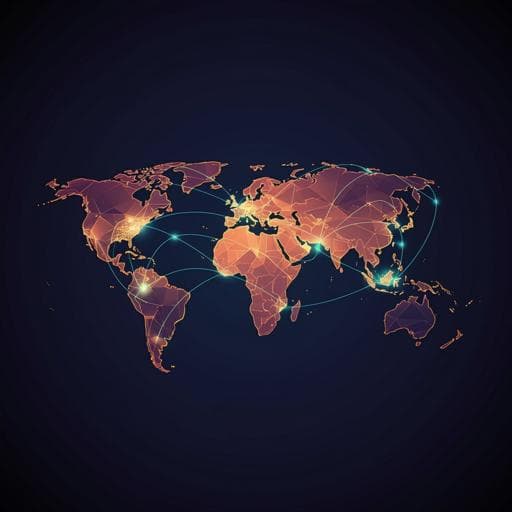
Earth Sciences
Assessing the global ocean science community: understanding international collaboration, concerns and the current state of ocean basin research
R. W. K. Potter and B. C. Pearson
Discover how ocean research has evolved from 2000 to 2020, with a focus on trends across five ocean basins. While Atlantic studies lead, the Pacific is gaining momentum, especially with China's increased contributions. This vital research by Ross W. K. Potter and Brodie C. Pearson highlights the importance of international collaboration and the need for support in developing nations for a sustainable ocean science network.
~3 min • Beginner • English
Related Publications
Explore these studies to deepen your understanding of the subject.







